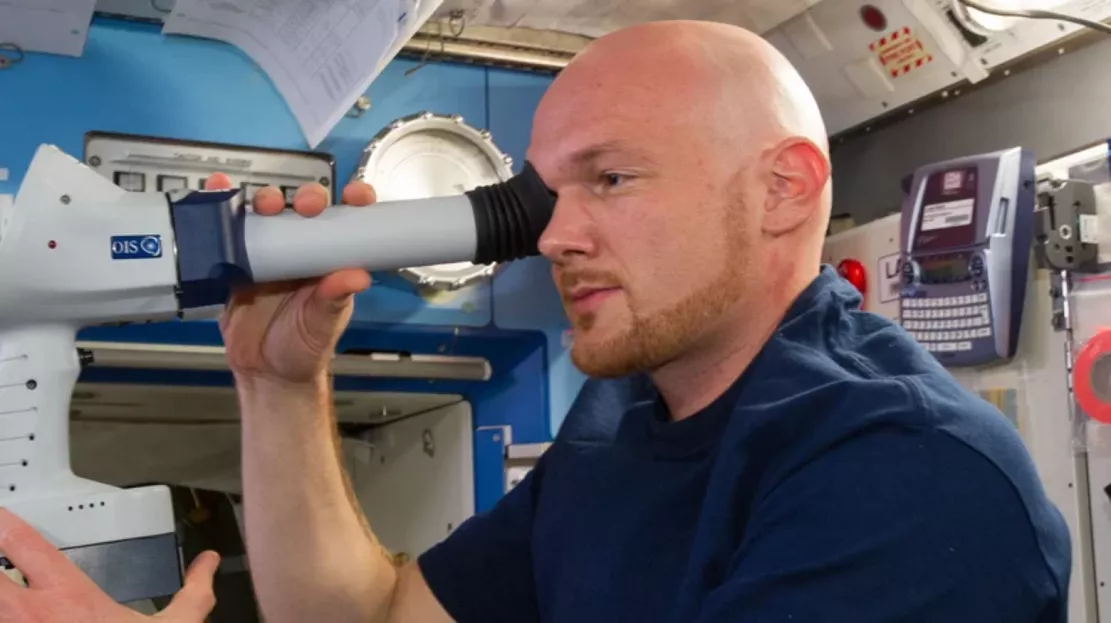Among all the changes of the human body in space, the change of vision is one of the issues of concern. According to NASA, about a third of astronauts show changes in their eyesight, even during space trips that last as short as two weeks. When the task duration is long, the occurrence rate seems to be much higher.

It is reported that about 70% of the astronauts staying on the international space station have swelling behind their eyes. This is not to say that astronauts will be completely blind, nor that their eyesight will become too poor to work, but in view of the importance of eyesight to the various jobs that astronauts are engaged in, it is indeed worrying that so many of them will have their eyesight deteriorated.
So what causes these vision problems? The most common theory is that it relates to the distribution of liquids throughout the body. When we are on earth, gravity pushes all the fluids in our bodies down, so systems like our heart and cardiovascular system have evolved to push fluids up in the opposite direction. When a person is in a microgravity environment in space, they no longer have this gravity pushing down, but the body's system still pushes the liquid up. As a result, fluids tend to accumulate in the upper part of the body - which is why many astronauts return from space with puffy faces.
In theory, these fluids accumulate around or behind the eyes, which may compress the eyes and cause vision problems, forcing experts to come up with some rather crazy solutions. Other possible causes include inflammation, high levels of carbon dioxide and overfilled blood vessels. Although most of these effects will disappear after a period of time once astronauts return to earth, for some people, these changes will continue even if they return to normal gravity.

To learn more about this problem and how to develop treatments to control it, NASA conducted experiments on the international space station. The agency uses a special camera to observe the back of the eye with a technology called coherence tomography, which is known to help track how much liquid is accumulating there. Studies conducted on the space station have shown how these changes have evolved over time. NASAs scientist Steve Laurie pointed out: "when we were on a two-week shuttle mission, we didn't see the swelling of the optic disc, but we saw it in the long-term mission, so there must be a time factor."
He said that this situation is technically known as space related neuroeye syndrome (SANS), which is likely caused by fluid problems. "We still believe that head fluid transfer is the basis of sans, so the problem is how it causes these effects. On this basis, you have the variability of repair factors and results of different crew members. We do not know why this variation exists." Understanding this topic will be more important for future long-term missions, such as the planned manned mission to Mars.